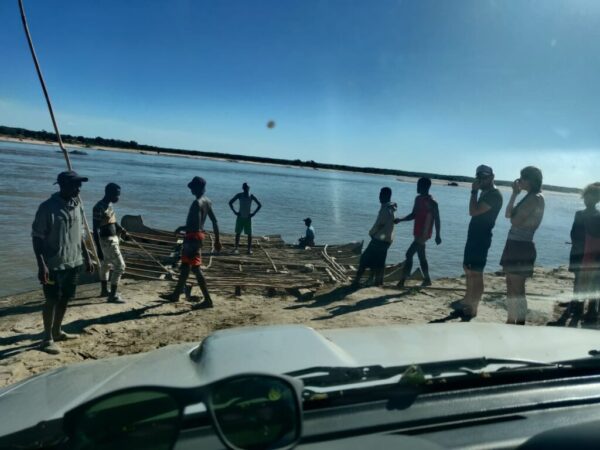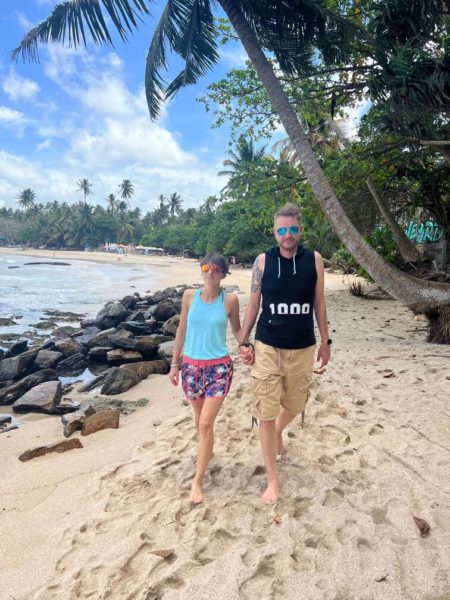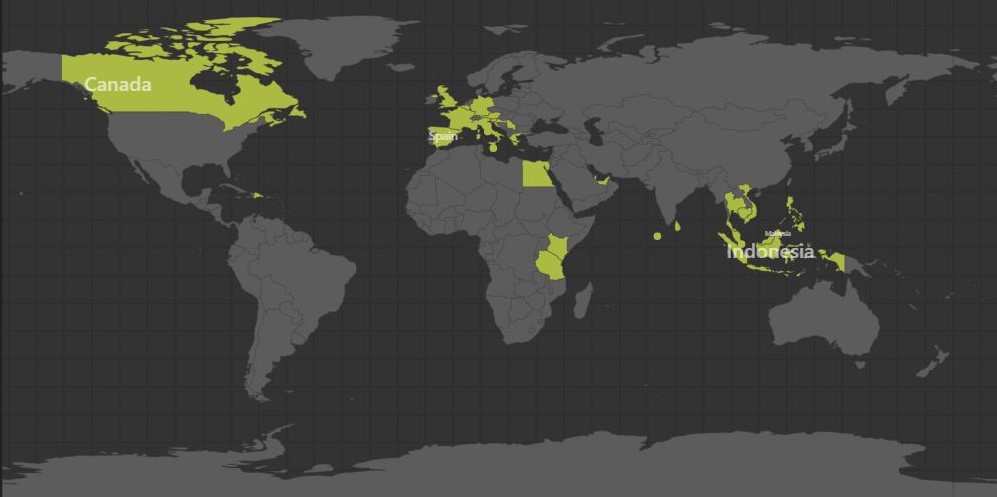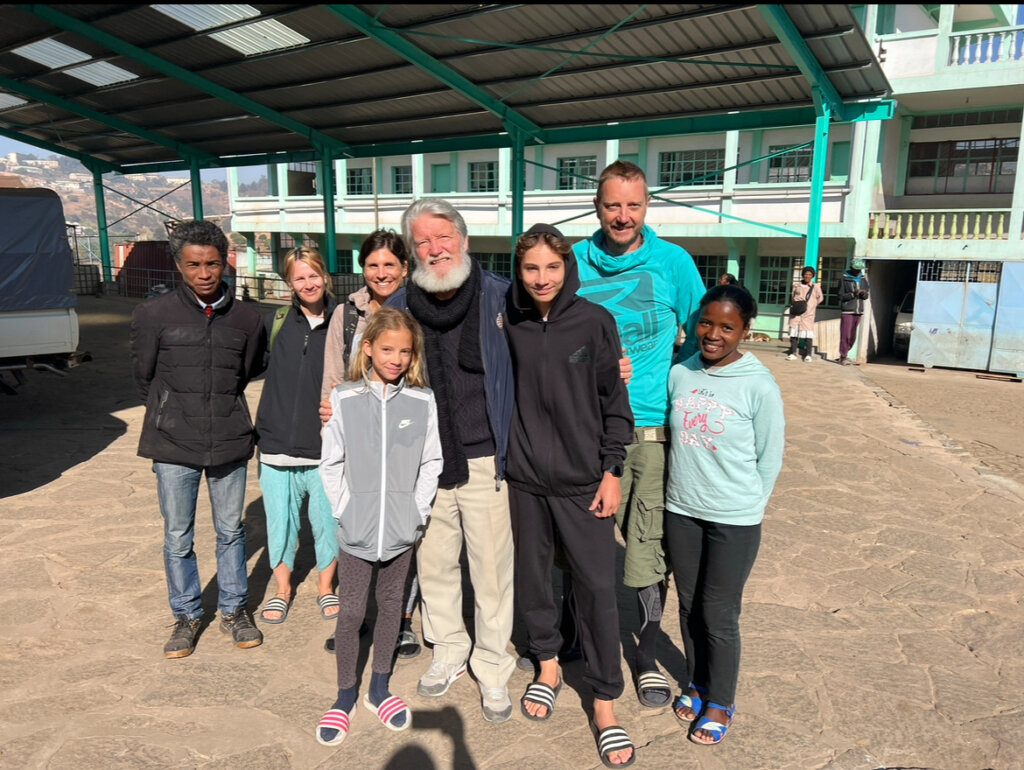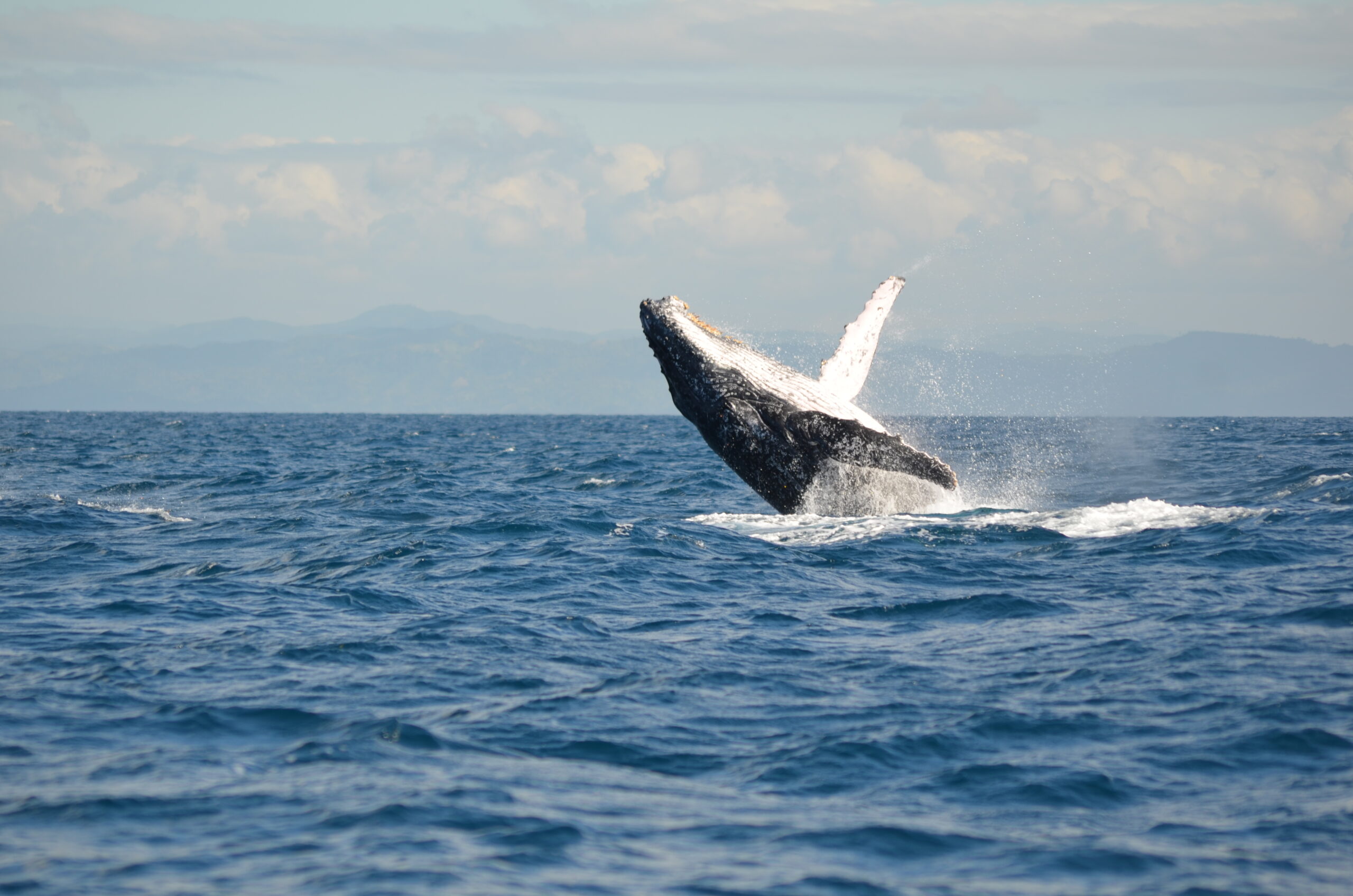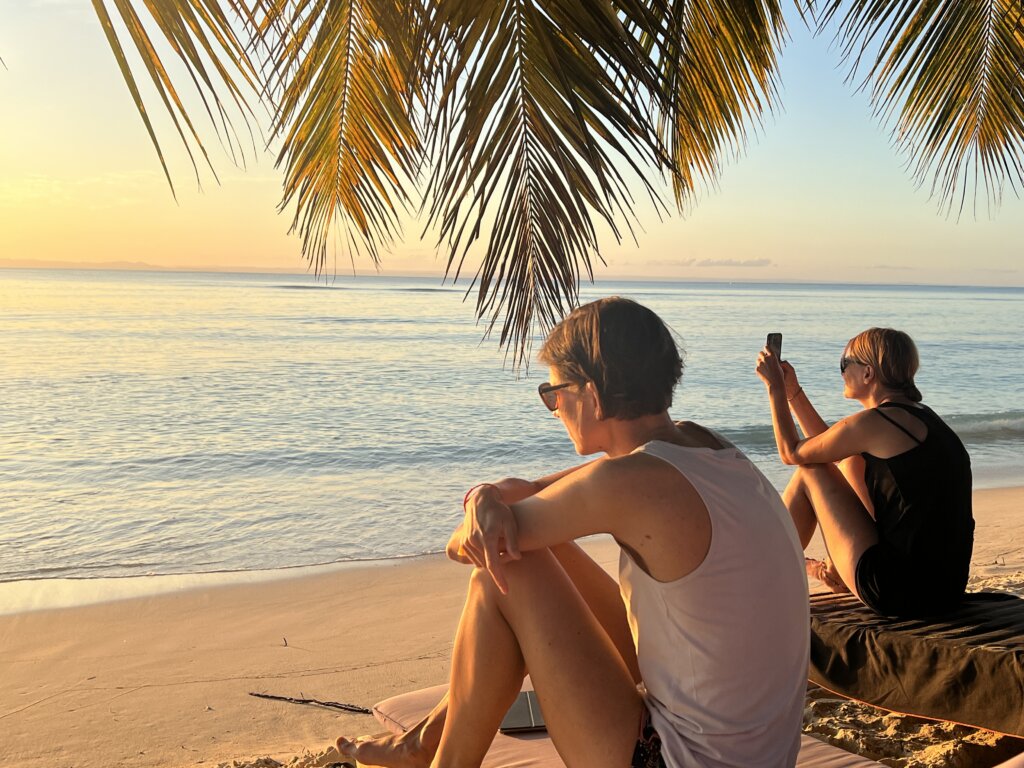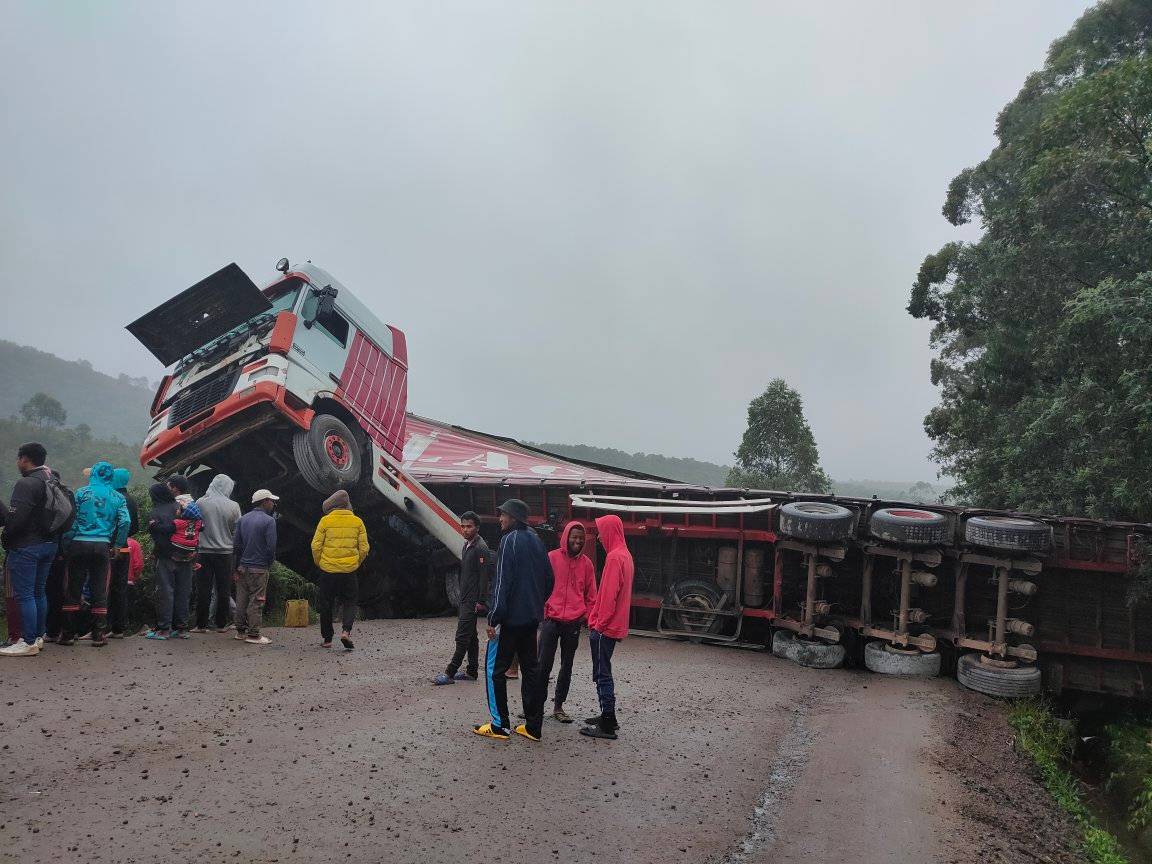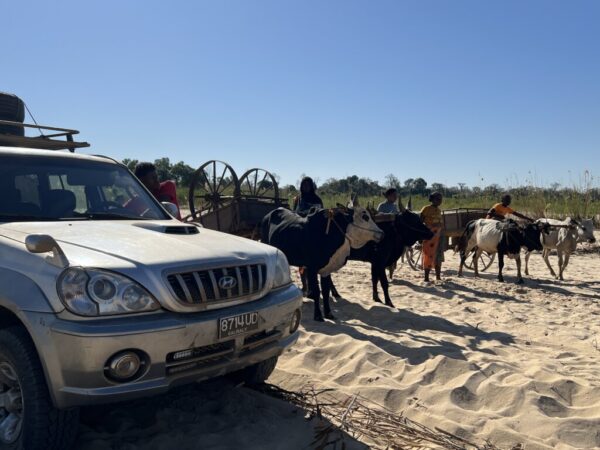Table of Contents
ToggleSetting Off from Morondava: The Adventure Begins
After another very short night in Morondava at Chez Maggie, today’s adventure takes us from the island’s arid heartland to a coastal destination. We had our breakfast prepared the night before and at 5am we had some quick bites and coffee and we were on the way. This was the longest drive planned on our trip so we had to leave as early as possible.
Our family road trip from Morondava to Ifaty was one for the books—a 14-hour odyssey through some of Madagascar’s most stunning, yet challenging landscapes. We set off early in the morning, with the kids bundled up in the back seat, snacks packed, and a playlist ready to keep spirits high.
The drive took us from the bustling coastal town of Morondava, famous for the Avenue of the Baobabs, through the heart of Madagascar’s diverse terrain. The roads were a mix of smooth tarmac and rough, bumpy tracks that tested both our patience and our 4×4’s suspension. But every bump was a reminder that we were in the midst of an unforgettable adventure.
✓ Tip:
- Start early to make the most of daylight hours. Bring plenty of water, snacks, and entertainment for the kids. Frequent stops to stretch and take in the scenery will help keep everyone comfortable and happy.
Less than an hour on our drive we hit the first obstacle on our way. After driving through a couple of small rivers we found ourselves on the complete sandy area. we couldn’t afford to stop or slow down since we would get stuck there. Less than a minute in, we saw a car stuck in the sand in front of us. Of course, we helped them get out of the sand but it took us almost an hour to do so.

Of course we were not an exemption
But there is always THAT guy that would rather watch than help 😉
As the morning unfolds, we find ourselves crossing sunlit salt flats and navigating rivers that seem to merge with the ocean. Gone are the bridges and ferries, and before long, the saltwater is lapping at our windows. The journey takes us along muddy and sandy paths, forcing us to hop out of the vehicle more than once to lighten the load. Even in these seemingly deserted stretches, you can count on a group of locals appearing out of nowhere at the first sign of tire trouble, shovels in hand, eager to lend a hand for a few ariary.
The Unexpected River Crossing: A True Malagasy Experience
Just over halfway through our journey, we encountered one of the most memorable parts of the trip—a river crossing that felt straight out of an adventure movie. The road just come to an end and there was no bridge there and the only way across was on a makeshift raft, pulled by hand. Yes, you read that right—pulled across the river by local villagers using nothing but their bare hands and a long rope.
Being said that we were a bit nervous is a complete understatement. Our driver has told us that we need to prepare the money for crossing and secretly give it to him so that they won’t notice taking it out the wallet. This could cause even higher rate for their service since they could imagine we are somehow wealthy. We also paid the fee for “insurance” if we get stuck in the sand so they will help us out. If we would decline that we would be on our own since EVERY car get stuck on a bank of sand when getting off the raft.
There were more than 20 people on a small raft and just as we step on it, they all undressed to their underpants and on our surprise jumped in the river.
As your car rolls onto the raft, the feeling of vulnerability is palpable. The knowledge that crocodiles are nearby adds a layer of tension to the crossing. You can almost feel their cold eyes watching from the murky water as the villagers begin to pull. The slow, rhythmic motion of the raft as it inches across the river contrasts sharply with the pulse of adrenaline that accompanies the crossing. Each pull of the rope brings you closer to the far bank and the safety of solid ground.
The villagers’ expertise and teamwork are evident in the smoothness of the operation. Despite the apparent simplicity of the method, there is an undeniable skill in maneuvering the raft, especially with the knowledge that any mistake could be costly. Finally, after what feels like an eternity, the raft touches the opposite shore. Of course, we immediately get stuck in the sand and even though we’ve paid insurance for that scenario they demand an extra fee for getting us out and helping us reach the paved road a god half kilometer away.
Crossing the Mangoky River was an unforgettable experience that blends the raw beauty of nature with the rugged reality of travel in remote regions. The river, wide and slow-moving, is a vital artery for the communities that live along its banks. However, it is also home to dangerous wildlife, most notably the Nile crocodile, which lurks beneath the surface, a constant reminder of the risks that come with traversing these wild places.
✓ Tip:
- Be prepared for unexpected delays and obstacles on Madagascar’s roads. Carry some extra cash to tip the locals who help with river crossings and other challenges along the way.
- The cost for crossing this river was 280.000 MGA – 62€!
The Final Stretch: Reaching Ifaty After a Long Day’s Drive
After the river crossing, the drive continued through increasingly arid landscapes, dotted with towering baobabs and small, isolated villages. The road was long, and fatigue started to set in, but the thought of the serene beaches of Ifaty kept us going.
The kids dozed off in the back seat as we powered through the final hours. When we finally saw the ocean glimmering in the distance, a collective sigh of relief and excitement filled the car. We had made it—Ifaty was within reach.
As we pulled into Ifaty, the sun was beginning to set, casting a golden glow over the palm-fringed beaches. It was a perfect welcome after such a grueling journey. We were tired, but the sight of the calm, turquoise waters and the sound of the gentle waves instantly rejuvenated us.
✓ Tip:
- If you’re driving this route, be prepared for a long day on the road. Make sure your vehicle is in good condition, and plan for rest stops to avoid fatigue. A GPS or a reliable map is essential, as the roads can be confusing, especially when navigating rural areas.
Unwinding in Ifaty: Days of Blissful Relaxation
After the marathon drive, we dedicated the first day in Ifaty to pure relaxation. Ifaty is a small fishing village with rugged sandy beaches and crystal-clear waters, perfect for unwinding and soaking in the beauty of Madagascar’s southwest coast.
We started our day with a leisurely breakfast at La Bella Donna, where we’ve stayed in two story ocean view bungalows, enjoying the view of the calm sea and fishermen heading out in their traditional pirogues. The kids were eager to explore, so we spent the morning playing on the beach, building sandcastles, and collecting shells. The shallow, sadly not so warm waters were perfect for them to splash around in while we lounged under the shade of palm trees, finally able to let go of the stress from the long drive.

✓ Tips:
- Ifaty’s beaches are relatively uncrowded, making it an ideal spot for families. Remember to pack sunscreen, hats, and plenty of water to stay hydrated in the tropical heat.
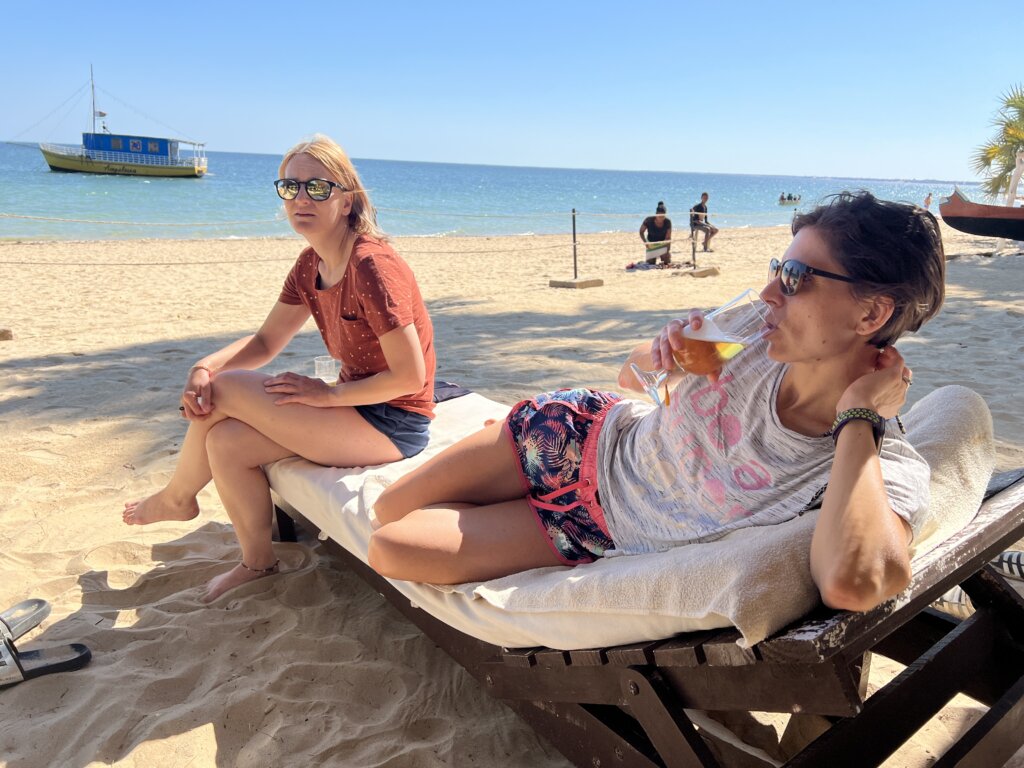
- Ifaty offers more than just beautiful beaches. Take the time to explore the surrounding nature reserves and engage with the local community for a richer, more fulfilling experience.
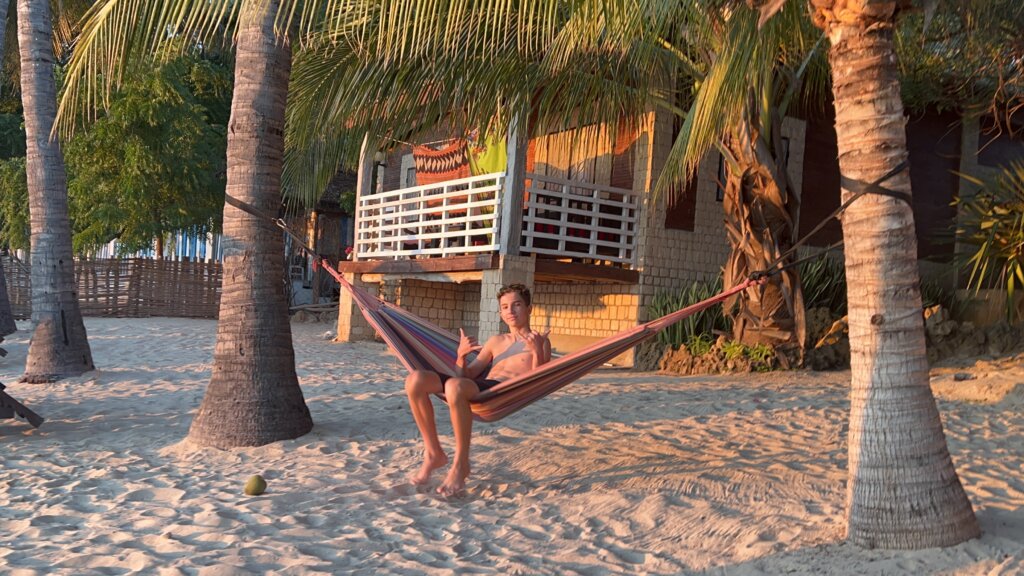
Final Thoughts: The Reward of the Road
Our road trip from Morondava to Ifaty was a journey filled with challenges, unexpected moments, and unforgettable experiences. While the 14-hour drive was long and at times exhausting, the reward at the end—two days of pure relaxation in one of Madagascar’s most beautiful coastal regions—was well worth it.
Traveling through Madagascar by car allows you to connect with the country in a way that few other experiences can. It’s not just about the destination, but the journey itself—the landscapes you traverse, the people you meet, and the memories you create along the way.




